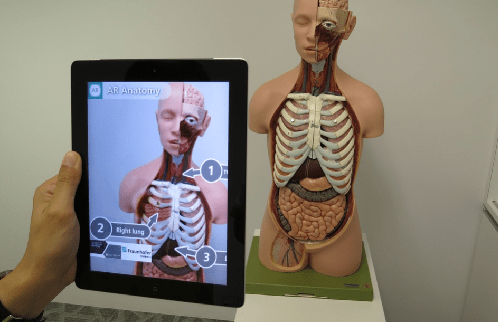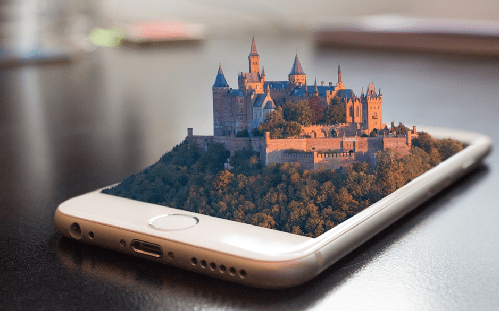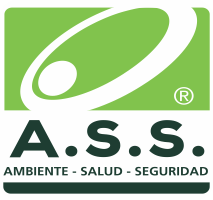Augmented Reality is already present in numerous classrooms and its use in the educational environment will continue to grow, according to the Horizon 2017 report, which cites it as one of the trends for the next three years. Thanks to her, students have the opportunity to explore the environment around them in a different way and enjoy an interactive and enriching learning process. To do this, it combines images from the real world with virtual ones to create an environment full of information that includes 3D objects, audios, videos, complementary information.
In this process, the skills and abilities that students develop are important, since promote their research and inquiry skills, learn from mistakes and he contrasts his thoughts and ideas by approaching reality from another perspective. It also gains in autonomy. “If we encourage students to use AR in the classroom, we can make them a person with a superior ability to adapt and, above all, to enhance their creativity and innovation, skills that are in demand in society,” says Bernat Llopis, professor of Vocational Training in the Schools of San José de Valencia and coordinator of the ByLinedu Association.
Due to its characteristics, it also offers a added value and attractiveness to the contents that have traditionally been taught in the classroom; hence the interest it arouses.“It is a tool that greatly motivates students and this motivation means starting the learning engine.. In addition, they have it integrated because at home some are used to playing with AR video games and finding it in the classroom makes everything easier for them”, indicate the teachers Patricia MerÍn and José Pedro Martínez from the CEU Jesús María School in Alicante.

AR for the subjects of science and letters
To enjoy it, it is not necessary to have great equipment. As Sergio García Cabezas, professor of the Degree in Transmedia Narrative Projects at the La Salle Higher Center for University Studies, explains: “You need a device that has a camera, screen and processing capacity. Therefore, a tablet, a mobile phone or a computer with a webcam would help us to be able to offer more information than reality itself offers”.
From here, the possibilities are immense and teachers can use AR in any educational level and subject, both those related to science (for example, Mathematics or Biology) as with the letters (Art, History or Language and Literature); however, they need to know how to bring that content into the classroom and adapt it for effective learning. “What we achieve with AR is to transform abstract thought into something tangible, an image that can help much more than what the teacher explains or reads”,Merín and Martínez point out.

Teachers can use this technology in two ways: through QR code-type marks or through another formula called makerless. In the latter case, “the brand itself that identifies augmented reality would be reality. Thus, we would point the mobile phone at any part of this reality where we had previously ‘pasted’ an object and we could see it,” says García Cabezas.
The main doubt of the less experienced teachers is in how to create content with RA. Technology puts at your disposal different tools such as Mejoraty, ZooBurst or Zappar.
classroom experiences
The uses of AR technology, on the other hand, make it easier for teachers to have different applications at their disposal to use in class. Patricia Merín and José Pedro Martínez use the QuiverVision app with their 3rd year ESO students to study cells.
QuiverVision includes some templates that schoolchildren download and while they paint them they learn their characteristics or the elements that make up the cells to finally fix the tablet or mobile phone on the images and see how they come to life. “The first year we used it, students were allowed to bring their own mobile devices. We organized them into cooperative groups and what was interesting was not only seeing how they worked on the activity but also how they helped each other and developed with AR”, remember.

For his part, and to increase the motivation of his VET students, Guillermo Medrano from Los Boscos Salesians (Logroño) developed the gamification experience GOSCO that includes a virtual environment created with Minecraft and AR. Llopis has also brought this technology to his classroom as he comments: “We have carried out experiences in the area of mathematics with the visualization of geometric figures and in Language we have created audiobooks from an image or giving life to the books. A colleague from Special Education recently asked me to do some content and soon we will prepare something”.
As you can see, the options cover all kinds of initiatives. There are even projects like that of the teacher and musicologist Mariasun Arenado: hhas created the multisensory tool ‘I feel, I feel, what is it?’ uses AR technology to get closer to the emotions of the little ones. Po make the subjects of Spanish and English Language more attractive for her 6th grade students, María Carmen Montoya developed an experience that included, among other elements, QR codes and podcasting..
Source: educaciontrespuntocero.com


